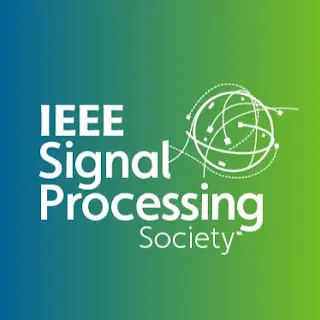Target Detection Using Quantized Cloud MIMO Radar Measurements
Target detection is studied for a cloud multiple-input multiple-output (MIMO) radar using quantized measurements. According to the local sensor quantization strategies and fusion strategies, this paper discusses three methods: quantize local test statistics which are linearly fused (QTLF), quantize local test statistics which are optimally fused (QTOF), and quantize local received signals which are optimally fused (QROF).
